 For more information on the topic of cities, check out the University of Michigan’s Center for Sustainable Systems' U.S. Cities Factsheet.
For more information on the topic of cities, check out the University of Michigan’s Center for Sustainable Systems' U.S. Cities Factsheet.
The curated collection below contains 11 videos, 4 podcasts and 4 games/activities. To access the resource, click on the image below the resource title.
Videos:
Thomas & Friends on Sustainable Cities - Goal #11
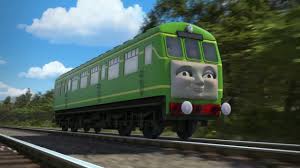 Grade Level: Pre-K-2
Grade Level: Pre-K-2
Duration: 2 minutes 12 seconds
Description: In this short video from the United Nations, Thomas the Tank Engine discusses the negative impacts cities can have on the environment, the benefits of living in a city, and the ways people can make cities greener. Students will learn that having public transportation and green spaces are two things that can make cities better for the environment and better places to live.
Urban Trees: Video | Nature Works Everywhere
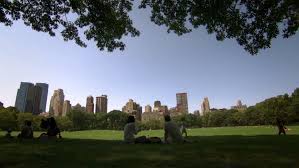 Grade Level: 4-12
Grade Level: 4-12
Duration: 4 minutes 44 seconds
Description: This video from The Nature Conservancy, provided by PBS LearningMedia, discusses how trees can help to reduce pollution, energy use, summer temperatures, and noise in cities. Students will learn how urban residents can help protect and care for the trees in their area.
How Green Roofs Can Help Cities | NPR
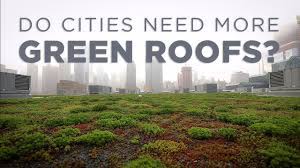 Grade Level: 4-12
Grade Level: 4-12
Duration: 3 minutes 49 seconds
Description: This video from NPR discusses how green roofs can benefit city buildings by reducing temperatures, increasing biodiversity, saving stormwater runoff, and decreasing energy use. Students will learn how green roofs can help solve some significant environmental problems in cities and how empty urban roof space can be viewed as an opportunity to make cities greener.
Why It’s Usually Hotter In A City | Let's Talk | NPR
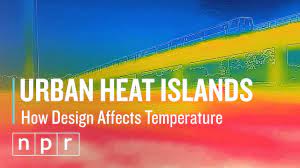 Grade Level: 4-12
Grade Level: 4-12
Duration: 2 minutes 29 seconds
Description: This short video from NPR explains the “heat island effect” using thermal vision. Students will learn how deadly heat waves can be and that one simple way to reduce the heat island effect is to turn off the air conditioning when not needed.
Urban Habitat: Biodiversity in Our Cities: Video | Nature Works Everywhere
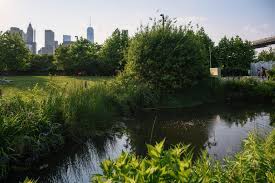
Grade Level: 4-12
Duration: 4 minutes 27 seconds
Description: This video from The Nature Conservancy, provided by PBS LearningMedia, discusses biodiversity in cities and what kinds of ecosystems exist in urban areas. Students will learn how city gardens can be mini-ecosystems, nourishing city residents and fostering biodiversity.
Sustainable Cities: Nature Based Solutions in Urban Design: Video | Nature Works Everywhere
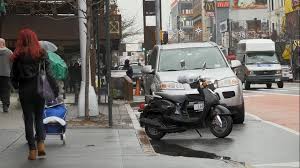 Grade Level: 6-12
Grade Level: 6-12
Duration: 7 minutes 52 seconds
Description: This video from The Nature Conservancy, provided by PBS LearningMedia, covers the problems that many modern cities face, including runoff and higher temperatures. Students will learn about the path water takes in cities and about nature-inspired solutions to help solve the problems of wastewater and sewage in cities.
San Francisco Tops the North American Green Cities Index
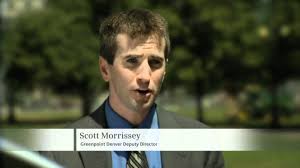 Grade Level: 4-12
Grade Level: 4-12
Duration: 2 minutes 59 seconds
Description: This video from San Francisco Department of the Environment (SF Environment) discusses how San Francisco was named the greenest city in North America and shares some steps the city took to earn its number 1 ranking. Students will learn about the North American Green Cities Index, and what actions cities are taking to go green.
What happens if you cut down all of a city's trees? - Stefan Al
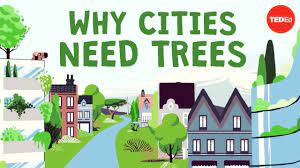 Grade Level: 4-12
Grade Level: 4-12
Duration: 5 minutes 25 seconds
Description: This video from TED-Ed by PBS Digital Studios discusses the importance of planting trees in cities. Students will learn how trees help cities by reducing runoff, filtering water, producing clean air, improving human health, preserving biodiversity, and preventing mudslides and floods.
Air pollution in cities
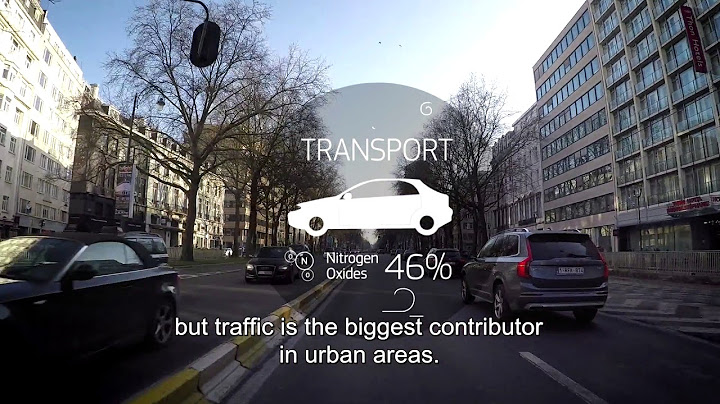 Grade Level: 5-12
Grade Level: 5-12
Duration: 2 minutes 3 seconds
Description: This video from EU Environment discusses air pollution in cities. Students will learn that transportation is a large producer of greenhouse gases in cities and about the ways that cities are tackling the problem of air pollution.
NASA | Urban Heat Islands
 Grade Level: 5-12
Grade Level: 5-12
Duration: 2 minutes 23 seconds
Description: This video from NASA discusses the extent of the urban heat island effect in cities and the factors that influence it. Students will also learn that the issue of the urban heat island impacts human health and energy consumption.
THE FUTURE OF CITIES
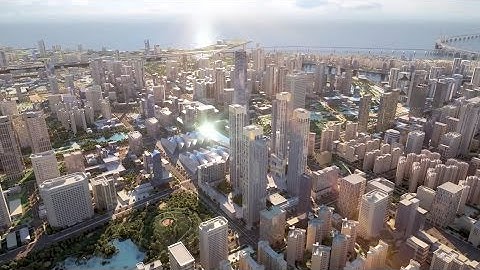 Grade Level: 6-12
Grade Level: 6-12
Duration: 18 minutes 12 seconds
Description: This mini-documentary made by Oscar Boyson and cited by PBS NewsHour discusses the future of cities and what steps cities around the globe are taking to become more sustainable. Students will learn how different cities are improving their water supplies, fostering green modes of transportation, and doing more with less.
PBS NewsHour Highlights (7 minutes, 37 seconds)
Podcasts:
Trees Are Key To Fighting Urban Heat — But Cities Keep Losing Them
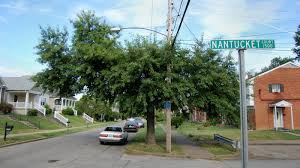 Grade Level: 6-12
Grade Level: 6-12
Duration: 5 minutes 36 seconds
Description: In this story from NPR, students will learn about tree cover as a way to cool down cities and that low-income urban communities often have fewer trees and thus experience higher temperatures. Additionally, the story covers the factors that stand in the way of efforts to plant more trees in these areas but the importance of doing so.
As Rising Heat Bakes U.S. Cities, The Poor Often Feel It Most
 Grade Level: 6-12
Grade Level: 6-12
Duration: 8 minutes 16 seconds
Description: This NPR story discusses heat in cities and what factors contribute to the problem of urban heat islands. Students will learn how intense heat in cities causes health problems and especially affects the urban poor. Additionally, the podcast discusses solutions to combat this issue such as installing reflective roofing and planting trees.
To Fight Climate Change, New York City Will Push Skyscrapers To Slash Emissions
Grade Level: 6-12
Duration: 3 minutes 55 seconds
Description: This short NPR story discusses a 2019 bill that took effect in New York City requiring skyscrapers to cut their carbon emissions as a response to the global climate crisis and to protect the health of future generations of city dwellers. This NPR story offers students an example of how city governments can implement green practices and initiatives.
Cities Matter
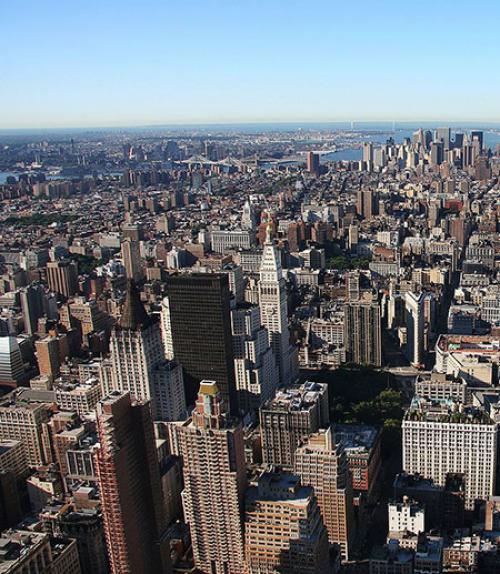 Grade Level: 9-12
Grade Level: 9-12
Duration: 4 minutes 46 seconds
Description: This short podcast from Cornell University's What Makes Us Human? discusses the role cities may play in solving our current climate crisis. Students will learn about common environmental problems in cities as well as the environmental benefits offered by cities, such as efficiency, reduced household energy consumption, and less energy used in transportation. Students will also learn that cities are “sites of political will” and, as such, can take action to address climate change locally.
Games/Activities:
Wild City Search: An Urban Ecosystem Game
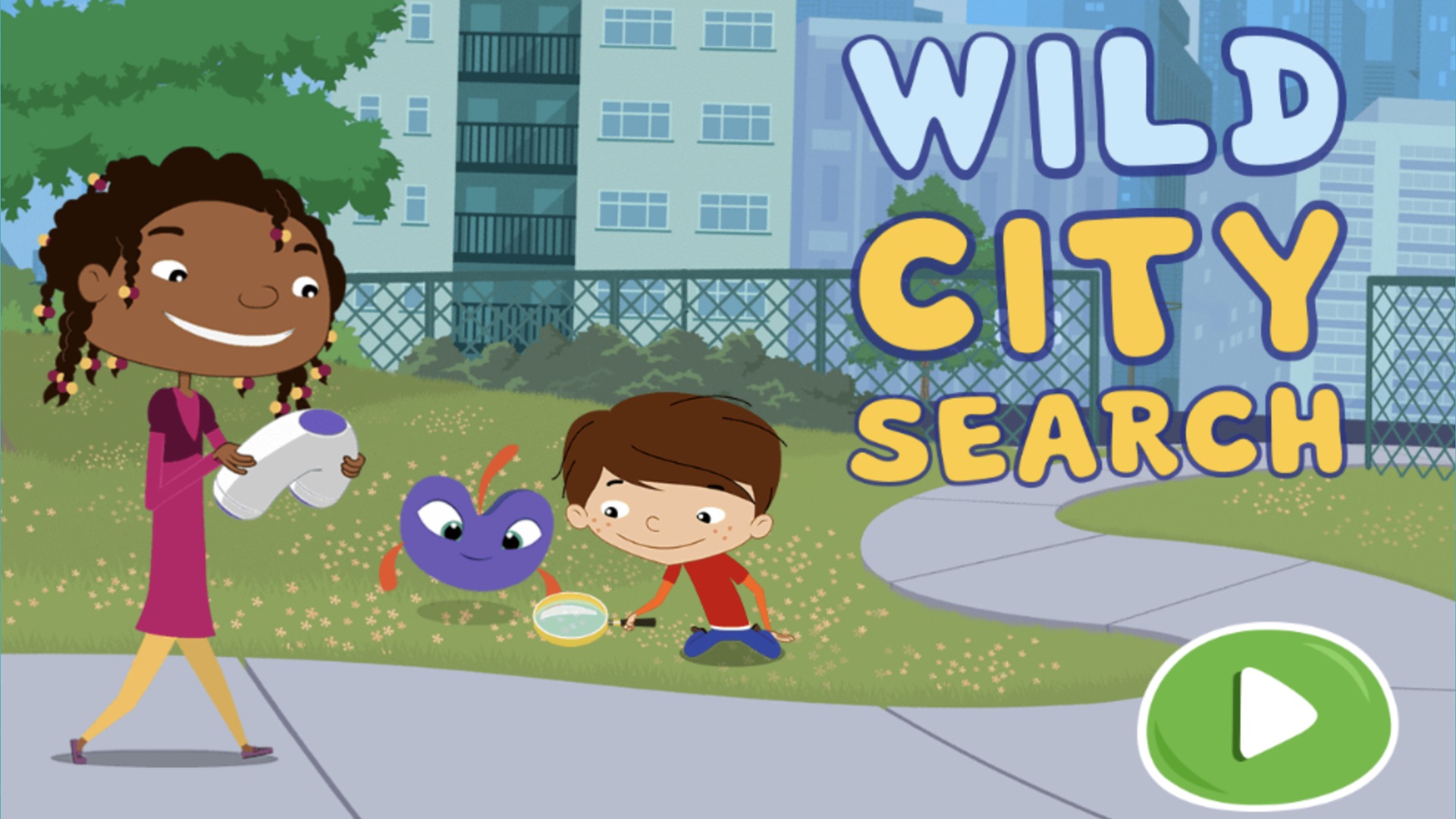 Grade Level: K-2
Grade Level: K-2
Duration: 15-30 minutes
Description: In this virtual activity/game from PBS KIDS’s Plum Landing, students will explore different aspects of city environments while learning about the nature that exists in cities.
Making Smog
Grade Level: 3-5
Duration: 20 minutes
Description: In this simple science experiment, students will model smog in a jar using the following items: a glass jar, aluminum foil, ice cubes, a ruler, scissors, paper, a stopwatch, and matches. As a result of this experiment, students will have a better understanding of where smog comes from and how it affects urban communities.
City Farm
Grade Level: 3-12
Duration: Varies
Description: In this game from WGBH, students will plant a virtual community garden and collect the produce it yields. This game simulates the challenges and rewards that come with growing an urban farm, perhaps inspiring students to start a garden in their own community.
Urban Runoff: Design a School Stormwater Management Plan
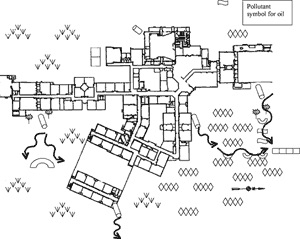 Grade Level: 9-12
Grade Level: 9-12
Duration: 45-180 minutes
Description: In this exploration of urban runoff, students will learn about pollution sources in cities, ways of managing stormwater runoff in cities, and the environmental impacts of runoff in cities. In the first part of this exploration, students will observe and map how stormwater runoff and pollutants travel on their school grounds. In the second part of this exploration, students will devise a plan for managing stormwater runoff at their school, perhaps including solutions such as rain gardens, stormwater planters, rain barrels, and bioswales.


